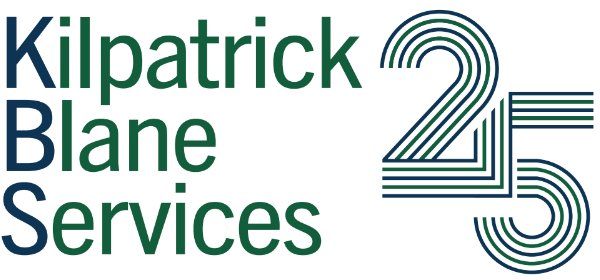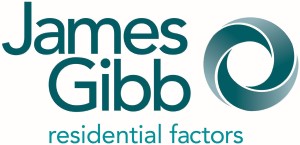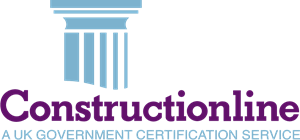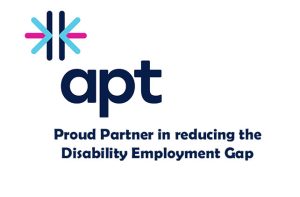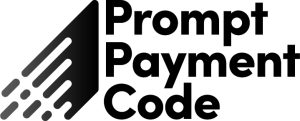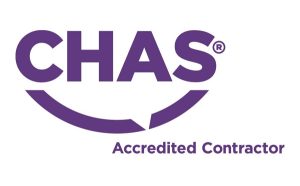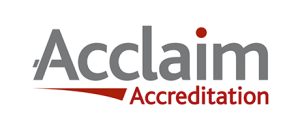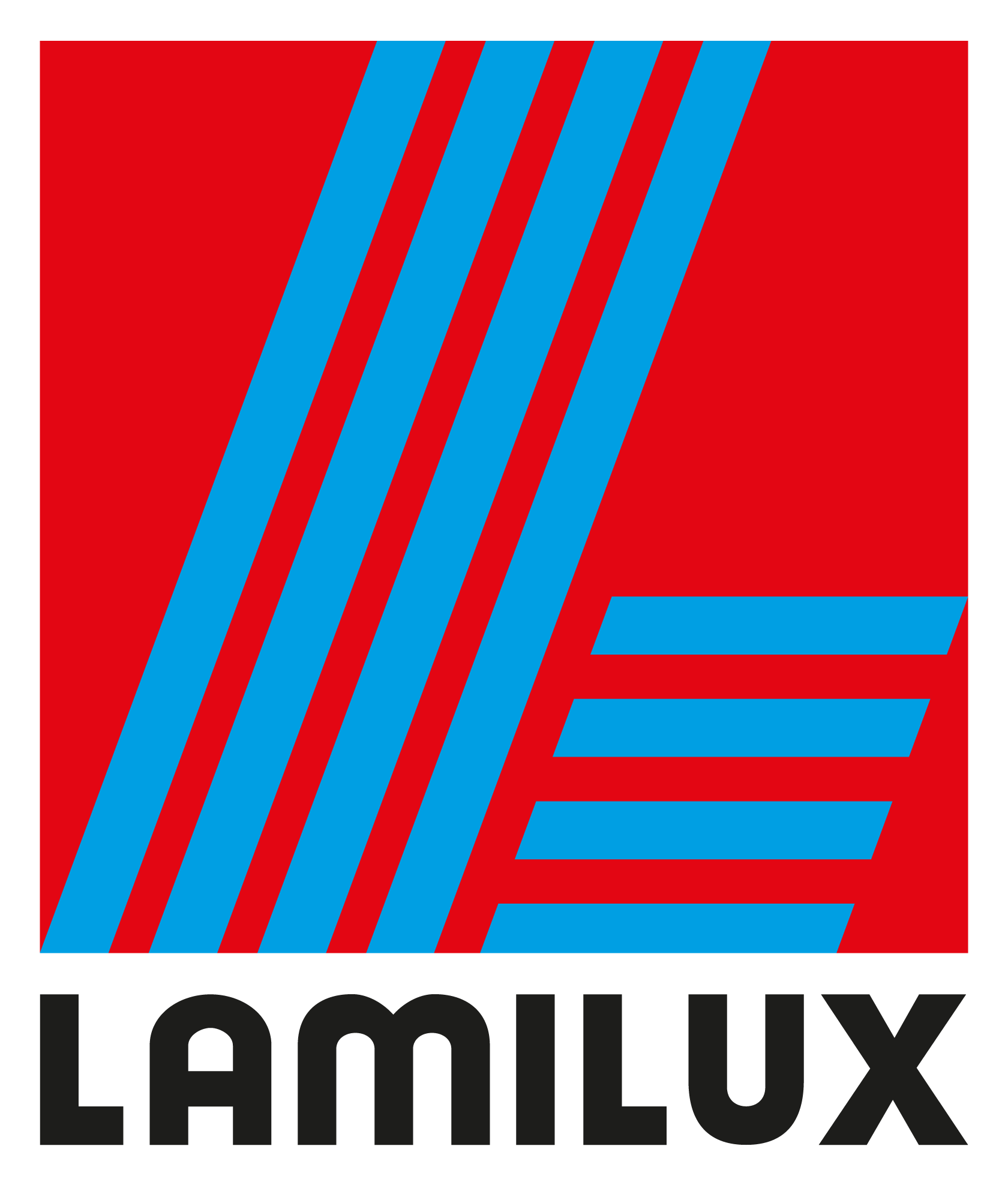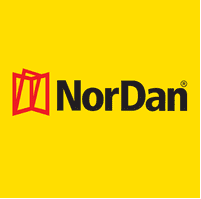Smoke Ventilation Standards and Regulations
In view of the importance of Smoke Ventilation Systems, there are extensive regulations, design guides and best practices which must be followed. The type of system installed will depend on the size and usage of the building.
Each stakeholder should ensure they follow and fulfil all relevant regulations and have a solid and well documented audit trail throughout the supply chain and life of the building. This maintained building documentation is becoming commonly known as the golden thread.
Proactively maintaining documentation about fulfilling standards and responsibilities is critical to help maintain compliance, mitigate legal and potentially criminal liability, but most importantly ensure the building systems protect lives throughout the life of the building.
Click here for more detailed information about your service and maintenance responsibilities
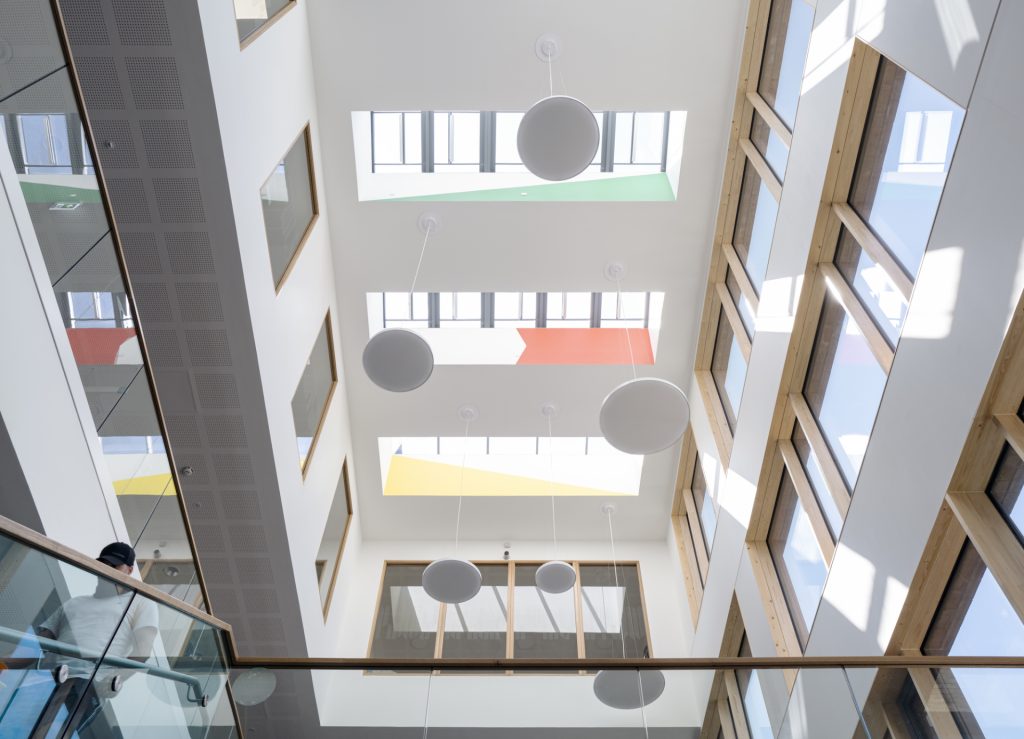
Summary of the main standards
Building (Scotland) Regulations 2004
Technical Handbook 2020:
Domestic
Building Standard Technical Handbook 2020: Non-domestic
BS7974:2019
BS9999:2017
BS9991:2015
The Fire (Scotland) Act 2005 and Fire Safety (Scotland) Regulations 2006
Sets out the responsibilities of building owners in respect of fire safety. The legislation requires the provision of fire safety measures including risk assessment and reduction, means of fire warning, fire-fighting, escape, staff training and instruction, as well as emergency procedures. It sets out fire safety responsibilities and seeks to ensure the safety of persons from harm caused by fire. It states that the Duty Holder (e.g. employer/building owner/manager) must fulfil and continue to maintain a Fire Risk Assessment, ensuring any provisions or systems in place “are subject to a suitable system of maintenance and are maintained in an efficient state, in efficient working order and in good repair.” – The Fire Safety (Scotland) Regulations 2006, Part III, Regulation 16
Building (Scotland) Regulations 2004
All new buildings must be designed to comply with the Building (Scotland) Regulations 2004. Amongst other fire related matters, it states that ‘Every building must be designed and constructed in such a way that in the event of an outbreak of fire within the building, the occupants, once alerted to the outbreak of the fire, are provided with the opportunity to escape from the building, before being affected by fire or smoke’.
Building Standards Technical Handbook: Domestic and Non-Domestic
The building standards technical handbooks provide further guidance on means of achieving the Building (Scotland) Regulations. They mandate that everyone within a building should be provided with at least one means of escape from fire that offers a safe passage allowing them to escape from the building before being affected by fire or smoke. Its states that every corridor that may be used as an escape route and that exceeds certain dimensions should be subdivided by a fire resistant wall/screen, or protected by the installation of a smoke control system. The domestic guide describes the fire protection measures including active systems such as automatic detection, automatic smoke ventilation and automatic suppression to provide early warning, control heat and smoke and inhibit fire growth. All escape strategies incorporate a combination of passive and active fire protection measures. It states automatic smoke ventilation should be provided within every protected lobby serving a single escape stair in a domestic building and that smoke ventilation may be provided by natural smoke ventilation, or mechanical smoke ventilation. They give outline information about natural ventilation openings and smoke shafts, and the required free areas with further reference to EN12101.
BS7346-8: Code of Practice for planning, design, installation, commissioning and maintenance of smoke control systems
The building standards technical handbooks provide further guidance on means of achieving the Building (Scotland) Regulations. They mandate that everyone within a building should be provided with at least one means of escape from fire that offers a safe passage allowing them to escape from the building before being affected by fire or smoke. Its states that every corridor that may be used as an escape route and that exceeds certain dimensions should be subdivided by a fire resistant wall/screen, or protected by the installation of a smoke control system. The domestic guide describes the fire protection measures including active systems such as automatic detection, automatic smoke ventilation and automatic suppression to provide early warning, control heat and smoke and inhibit fire growth. All escape strategies incorporate a combination of passive and active fire protection measures. It states automatic smoke ventilation should be provided within every protected lobby serving a single escape stair in a domestic building and that smoke ventilation may be provided by natural smoke ventilation, or mechanical smoke ventilation. They give outline information about natural ventilation openings and smoke shafts, and the required free areas with further reference to EN12101.
BS9991:2015 Fire safety in the design, management and use of residential buildings. Code of practice
BS9991 focuses on residential buildings and sets out that risk assessments, suitable fire safety measures and procedures must be established during design of residential buildings. It gives recommendations and guidance on the design, management and use of residential buildings so they achieve reasonable standards of fire safety for people who are in and around them, and that associated ongoing testing and maintenance is fulfilled by the responsible party using trained and competent persons.
BS7974: Application of fire safety engineering principles to the design of buildings
BS 7974 provides a framework for the application of fire safety engineering (FSE) principles during the design of buildings. It gives recommendations and guidance for the protection of people, property and the environment from fire and is supported by the PD 7974 series of documents detailing how to undertake analysis of building fire safety requirements. This collection of documents is most often used by fire safety engineers as part of the risk assessment and design of the building.
BS9999: Code of practice for fire safety in the design, management and use of buildings
BS9999 sets out design guidance, and further detail on the requirement and regularity of routine maintenance, inspection and testing of smoke ventilation systems. In particular that fire safety equipment is regularly inspected by competent persons and recommends that servicing is done by a specialist organisation in line with the relevant standards. Smoke vent systems should be tested weekly along with a functional test of all components.
BS-EN12101 and CE / UKCA Marking
EN12101 is a suite of standards that sets out the testing and performance requirements of individual smoke ventilation system components eg, fans, control panels, smoke vents and dampers. All items must have been designed, tested and built by the manufacturer to meet their relevant EN12101 performance and quality standards. To demonstrate this the unit fitted in your building must be accompanied by a UKCA mark and certificate that sets out the audit trail and performance capabilities of the component.
In England the Building Regulations are Similar and Commonly Referred to as:
Approved Document B; Fire Safety – Vol. 1 (Dwellings) & Vol. 2 (Non Dwellings)
Approved Document B (ADB) gives guidance on fire safety in and around buildings including means of escape, fire spread, fire protection and access for fire services. It stipulates, amongst other things, where it is mandatory to provide fire detection and alarm systems to immediately detect the outbreak of a fire and trigger appropriate action to inform and activate occupants, as well as triggering any systems to contain or clear fire and associated smoke.
ADB offers guidance on where you must normally provide multiple escape routes out of the building into fresh air to create adequate means of escape. It also describes how these spaces and basements must be protected by ventilating smoke in the event of a fire, commonly using automated vents on external walls such as windows, rooflights or louvres (AOVs), and/or internal smoke shafts in combination with AOVs and/or fans.
Following the Grenfell Tower tragedy, Approved Document B has been updated to make the guidance clearer and easier to follow.
Approved Document F; Ventilation – Vol. 1 (Dwellings) & Vol. 2 (Non Dwellings)
ADF gives more detail on acceptable approaches for adequate ventilation of buildings. It sets out guidance for ventilation in terms of day to day air quality, building and health protection due to humidity condensation and fumes, and smoke ventilation. It considers smoke vent solutions for different buildings according to their type, size and capacity, and the means of escape for people above ground floor level requiring adequate ventilation of those escape routes and stairwells using appropriate Smoke Vent solutions.
Approved Document: Conservation of Fuel and Power
ADL provides guidance on building energy efficiency for the construction and modification of buildings. Particularly it focuses on limiting heat loss and gains, insulation (inc. U values for window and smoke vents), air permeability and pressure testing, boiler efficiency and lighting standards. It also looks at performance factors and standards for heating and ventilation, and control systems.
If you’re navigating the regulations and could benefit from some friendly expert guidance on design, installation, servicing or ongoing compliance needs for your Smoke Ventilation Systems to make sure you meet your responsibilities – we’re happy to help – contact us now.
